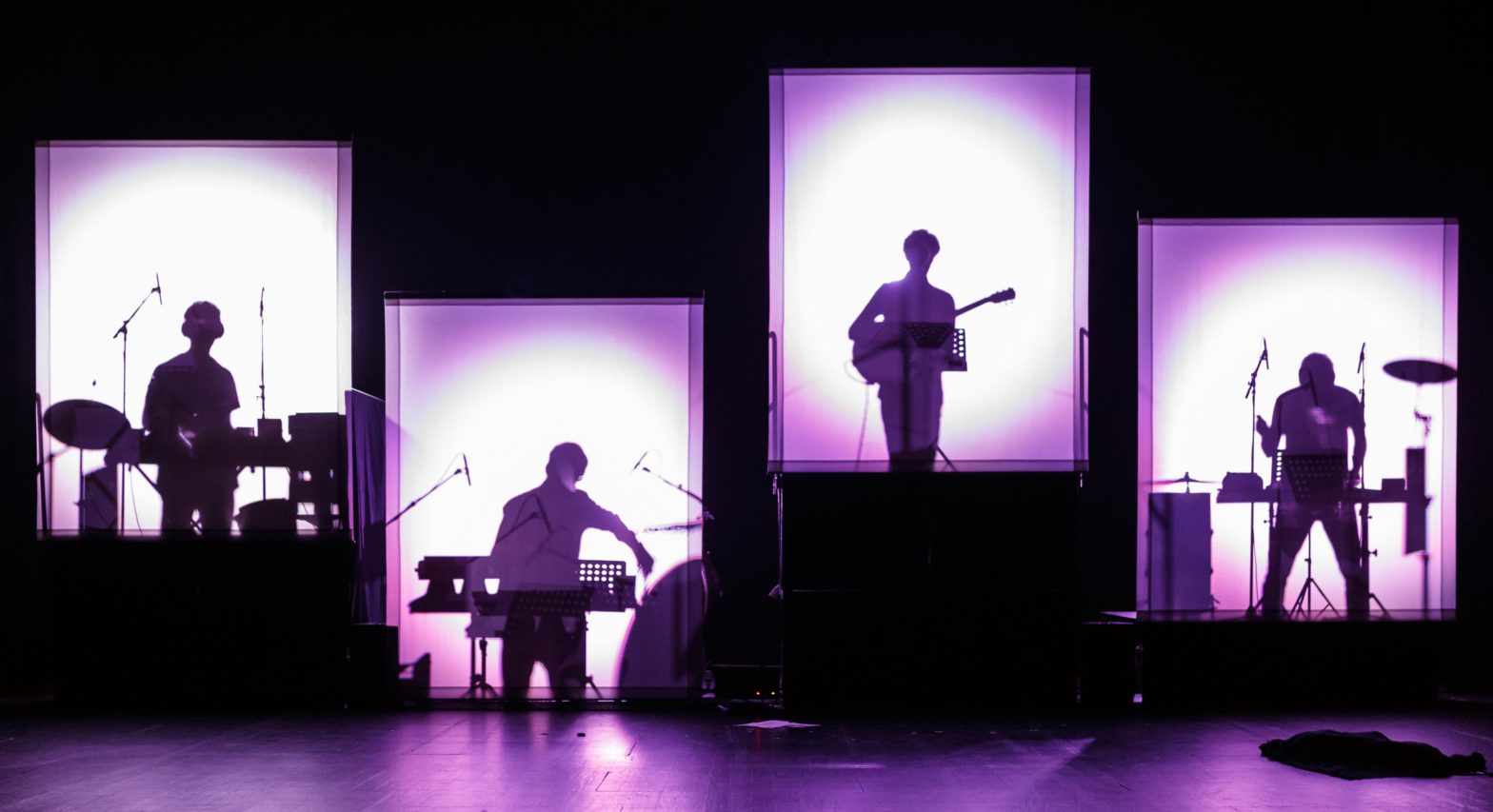Drumming & Igor C Silva, A dead pixel is a phenomenon in which a pixel on a display device fails to change color. When a display device produces an image, its pixels feature the appropriate colors of the image. The term “dead pixel” refers to a pixel that fails to change color.
The previous idea is the starting point of the concept for the new multimedia-immersive piece that will be written for Drumming GP and two jazz soloists. It reveals itself as an analogy on how each human being can be isolated and in some way insignificant in the middle of an immense digitally-individualized society, exploring the feeling of isolation as a bliss state of mind.
“You Are a Dead Pixel” is multimedia, video, electronics, light, and shadow in which shadows are sculpted together in a multi-sensorial project where an immersive and dense audiovisual environment is set in a concert pitched dark concert hall. The perception of the physical space where the action happens is morphed and manipulated by the light and shapes produced by video, interacting closely with a video mapping system surrounding the ensemble and the audience. The audience’s perception is manipulated and subverted by the multimedia tools in a constant flow throughout the piece, thus creating continuous stimulation of the senses, keeping the audience in sustained energy.
This piece is a full-length concert (approximately 1 hour) and creates a musical bridge between percussion ensemble, jazz, improvisation, and multimedia tools, bringing together these realities to create a hybrid performance. New technology and multimedia digital tools are a crucial aspect of the concept: musicians’ performance and sound are constantly mapped into a digital/virtual world. Music, electronics, light, and shadow are sculpted together in a multi-sensorial project where an immersive and dense audiovisual environment is set in a concert pitched dark concert hall. The musicians/performers are the only visual stimulation that is brought to the audience at the beginning of this artistic and performative journey.
The perception of the physical space where the action happens is morphed and manipulated by the light and shadows produced by the light design and its interaction with the performers. The audience’s perception is distorted and subverted by the multimedia tools in a constant flow throughout the piece, thus creating continuous stimulation of the senses, keeping the audience in sustained energy.
The cause-effect dialectics of the expression are explored, both musically and performatively, in a very close dialogue with the instrumentalists’ musical interpretation and improvisation. On one hand, the visual and aesthetic nature of the show becomes a theatrical/multimedia language in close dependence and collaboration with music and sound.


